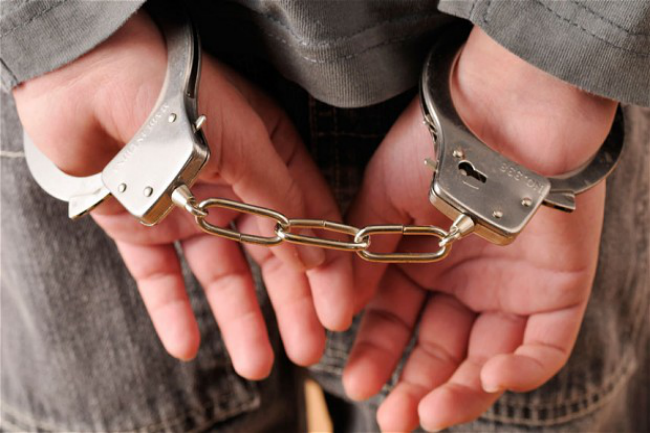
20-year-old Will Paybarah was riding his bicycle in late March when he was pulled over by an NYPD officer. As reported by Gothamist, Paybarah admitted that he ran a red light, and the 10th Precinct officer was likely going to either issue a ticket or a warning. Unfortunately for Paybarah, the stop ended in his unlawful arrest.
Paybarah pulled out his iPhone to video record the officer’s approach, and within seconds of the officer noticing the iPhone, “Officer Rich,” as Paybarah says his name is, arrested the cyclist. Other officers showed up and joked that they would handcuff Paybarah’s bike to a tree. When Paybarah asked why he was being arrested, the cop told him that recording a cop using an iPhone was illegal. According to the arresting officer, cops were getting shot by criminals who used an iPhone as a gun, with bullets coming out through the camera lens.
In this case, the officer told Paybarah quite the lie. According to the NYPD Patrol Guide Section 212-49, “Members of the service will not interfere with the videotaping or the photographing of incidents in public places. Intentional interference such as blocking or obstructing cameras or harassing the photographer constitutes censorship.” So long as the documentation isn’t interfering with law enforcement activity, video recording or photographing of police is legal, since the police would constitute anything in public view.
The New York Civil Liberties Union encourages people to record and photograph police activity. Doing so helps “empower people to expose police abuse and hold law enforcement accountable when it violates people’s rights,” said NYCLU Executive Director Donna Lieberman. In fact, the NYCLU released an application that lets people record police activity and submit the documentation.
As for Paybarah, he was charged with resisting arrest, obstruction of justice, and criminal mischief. For that, he spent 13 hours in detention and was sentenced to one day of community service. You can see the officer’s 10 seconds of fame down below.
Editors' Recommendations
- This is the iPhone concept of my dreams
- Best iPhone 15 deals: How to get Apple’s latest iPhone for free
- I found an amazing new way to use my iPhone 15 Pro Max
- Are you having iPhone alarm problems? A fix is coming soon
- Best iPhone 14 deals: Unlocked and refurbished


